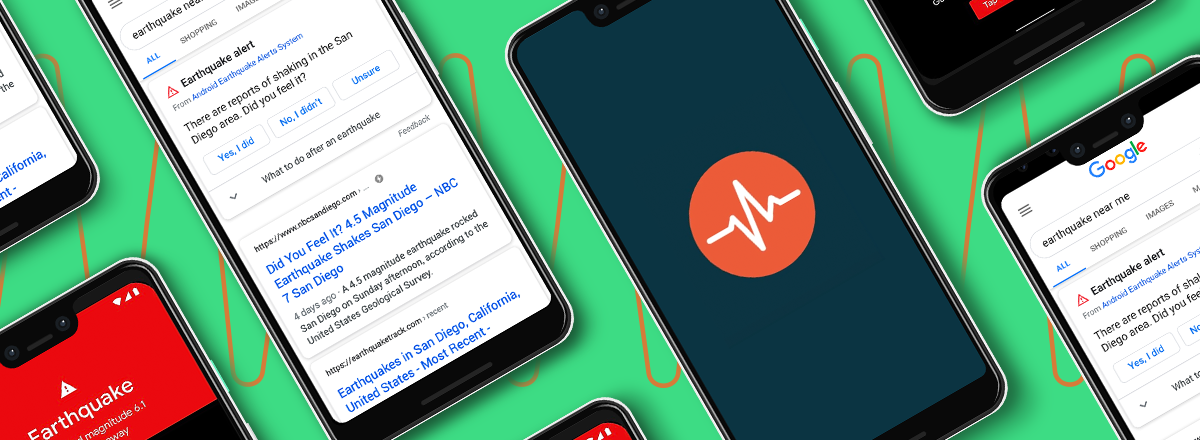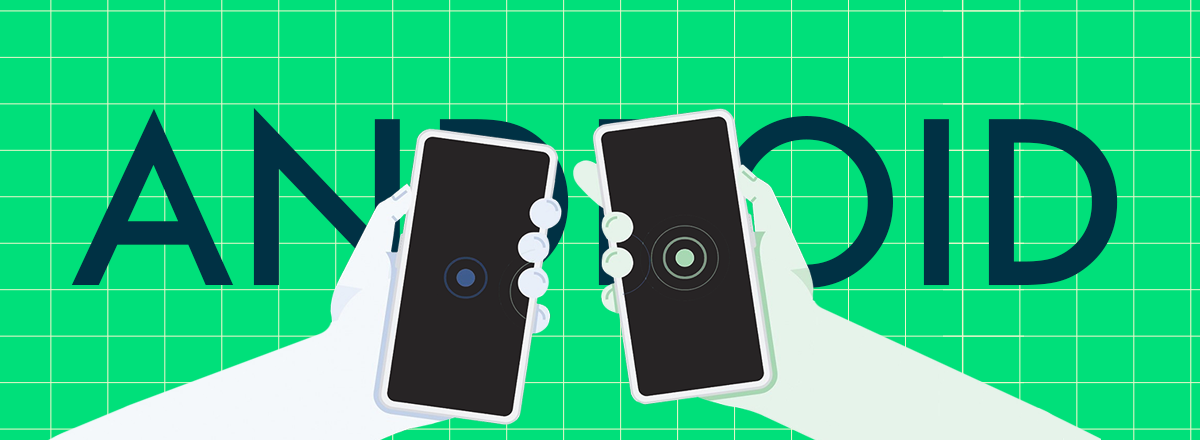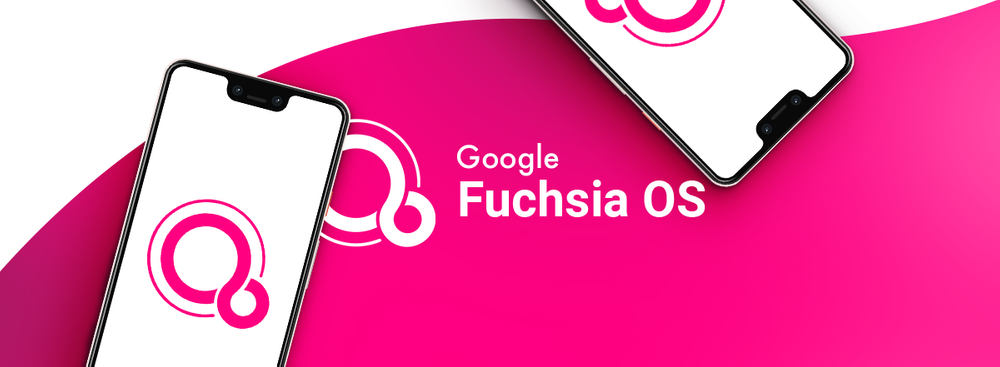Google is reportedly preparing to release the first beta version of Fuchsia OS for developers. For a very long time, there were no signs of developing the projects, but several new branches were created literally in the last couple of months.
It has been over four years since Fuchsia OS was first introduced. This operating system is an open-source project that will run on laptops, smartphones, computers, home appliances, virtual and augmented reality tools, as well as smart home devices and other gadgets. Unlike Android, Fuchsia uses its own microkernel called Zircon. In comparison, Android was developed on top of the Linux microkernel. Zircon was based on the code of the small Little Kernel OS. Fuchsia OS is expected to support the execution of Android and Linux application routines.

Since the source code of the new OS is open, the company publishes it publicly. In January, the Fuchsia OS project created a new branch (releases/F1). About six weeks later, Fuchsia OS team created a similar branch (releases/F2).
There have been various rumors around the development of the Fuchsia OS for a long time. In recent years, Fuchsia OS has been described as a mysterious project, the details of which remain unknown. Fuchsia was mentioned in various leaks, but no exact information was provided. It was noted that Fuchsia could be seen as a new OS that could replace Android and Chrome OS, as well as other operating systems that require an internet connection to run.

Fuchsia got the user interface in May 2017. Then Google officially confirmed that it was working on the project. The Fuchsia OS graphics component, codenamed Armadillo, was created using the Google Flutter SDK, a cross-platform developer tool.
It is still not completely clear when Fuchsia will be released and whether it will actually replace Android. However, it is already clear that Fuchsia can solve certain problems of Android. If the new OS is successfully created, Google will have a single OS that can be installed on any device at its disposal.
Many view Fuchsia as the rival of Apple's iOS. Unlike proprietary iOS, the new Fuchsia OS is planned to be distributed as free and open-source software under various licenses, including BSD 3, MIT, and Apache 2.0.

Fuchsia is supposed to allow Google to control the release of updates, as Apple does with its OS. Fuchsia will also offer advanced security and privacy features.
It should be noted that Fuchsia will be compatible with existing Android apps. It will allow you to run them without additional restrictions. Therefore, the transition from Android to Fuchsia will be smooth if everything goes as planned. Developers will also be able to easily port their Android apps to Fuchsia.
There are no approximate release dates for the system yet. The end of the summer of 2021 will mark five years since the beginning of Fuchsia's development.













